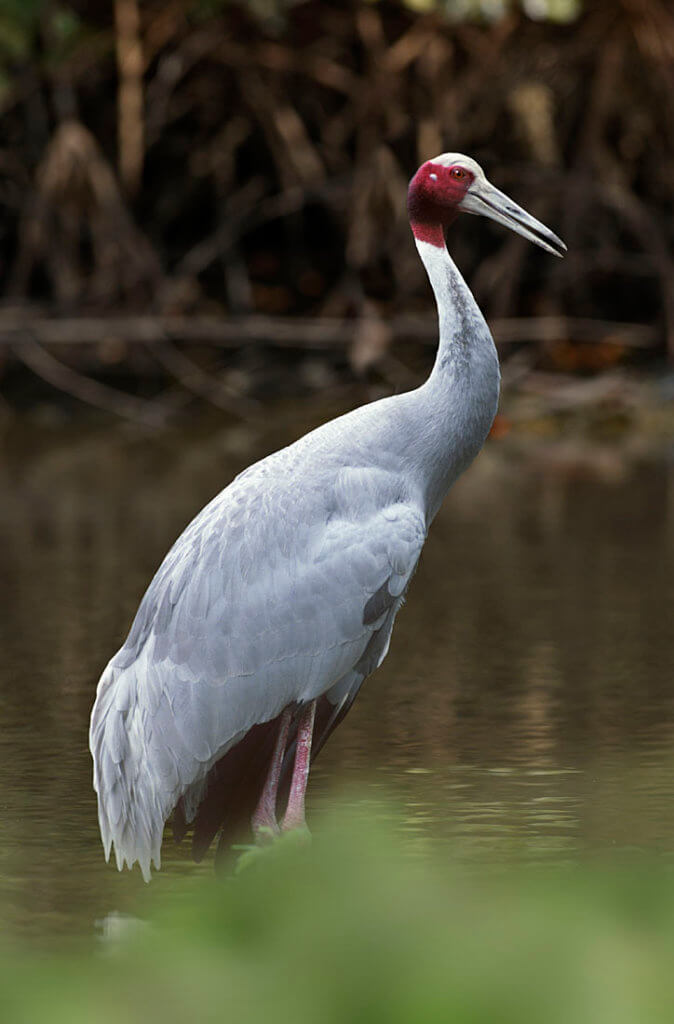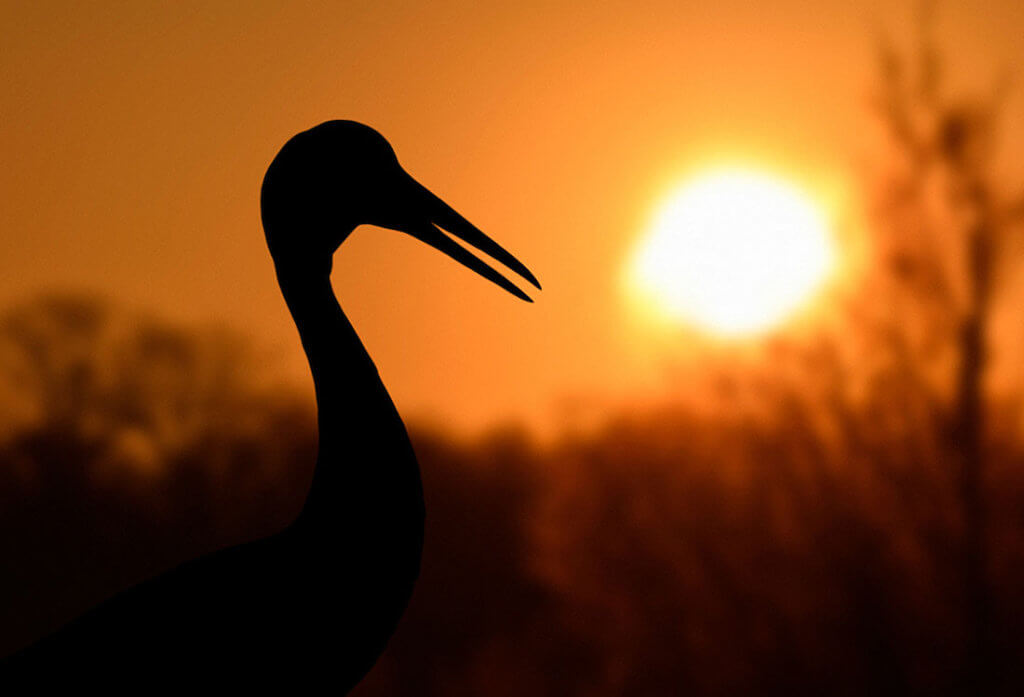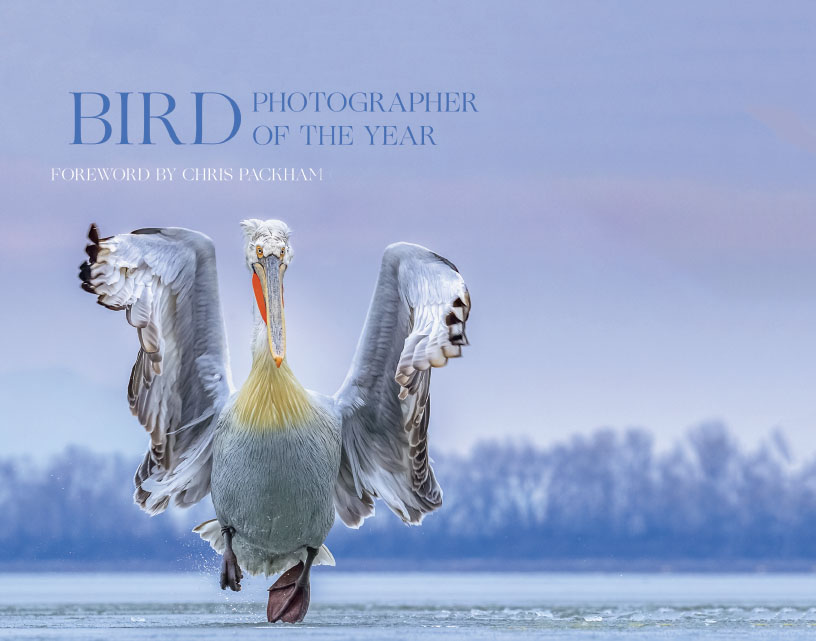Paul Sterry has an academic background in freshwater biology and is a passionate conservationist. He has been writing about natural history and photographing wildlife for the last 40 years, with an emphasis on the British scene.

Paul Sterry has an academic background in freshwater biology and is a passionate conservationist. He has been writing about natural history and photographing wildlife for the last 40 years, with an emphasis on the British scene.
Bird Photographer of the Year and World Land Trust
World Land Trust (WLT) is an international conservation charity that protects the world’s most biologically significant and threatened habitats acre by acre. Through a network of partner organisations around the world, WLT funds the creation of reserves and provides permanent protection for habitats and wildlife. Partnerships are developed with established and highly respected local organisations who engage support and commitment among the local community. WLT’s aims are simple: to protect and sustainably manage natural ecosystems of the world; and to conserve their biodiversity, with emphasis on threatened habitats and endangered species. To this end WLT develops partnerships with local individuals, communities and raises awareness, in the UK and elsewhere, of the need for conservation.
Bird Photographer of the Year is proud to be able to help WLT for the 2020 Competition cycle which starts at this year’s Birdfair. We have given WLT £500 to help kickstart a new project that has the magnificent Sarus Crane at its heart. Working with their long-term Indian partner, the Wildlife Trust of India (WTI), it will protect critical wetland areas in Uttar Pradesh State in northern India. These wetlands are of key importance for the Sarus Crane Antigone antigone which is classified as Vulnerable on the International Union for the Conservation of Nature (IUCN) Red List of threatened species. The current range of the species includes the plains of north-western India, the western half of Nepal’s Terai Lowlands and parts of Pakistan. Sarus Crane is listed as Vulnerable because it is suspected to have suffered a rapid population decline – projected to continue – as a result of widespread reductions in the extent and quality of its wetland habitats, exploitation and the effects of pollutants.

The Sarus Crane is the tallest of all flying bird species, standing 6 feet high, and this striking and beautiful species depends on wetlands and surrounding agricultural fields for foraging and nesting. As a consequence its successful conservation depends critically on working with local communities to ensure its protection because this landscape and associated wetlands are of also of key importance to farmers and local communities. We will be supporting WLT in their 3-year project which aims to establish community-managed areas and legally-protected areas (1,500 hectares and 3,000 hectares respectively) in Uttar Pradesh. This will improve the conservation of the Sarus Crane population within this state and also protect wetlands areas that are used by a wide range of migratory water birds.

For more information about the conservation aspirations of BPOTY and WLT visit the conservation pages on our website or come and talk to the team in the BPOTY Exhibition Marquee at Birdfair. And don’t forget to buy the new BPOTY book available online and at Birdfair.
